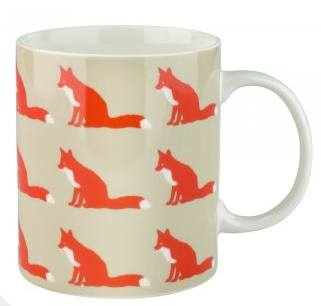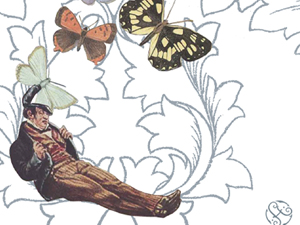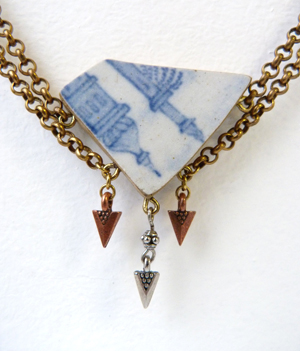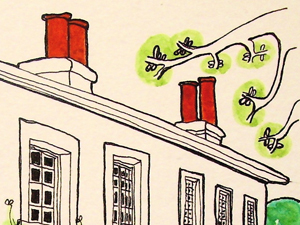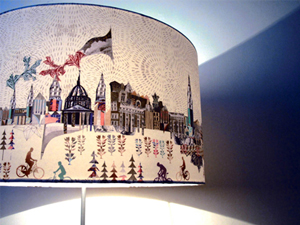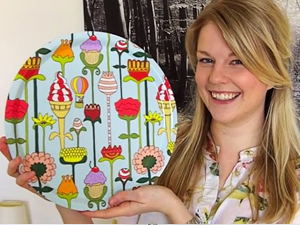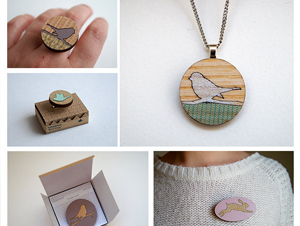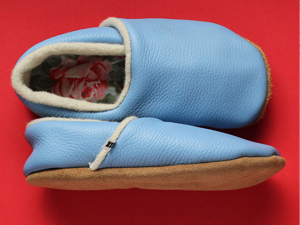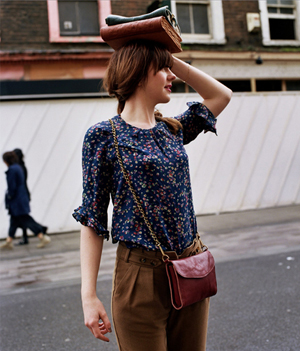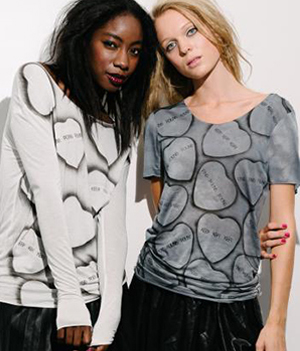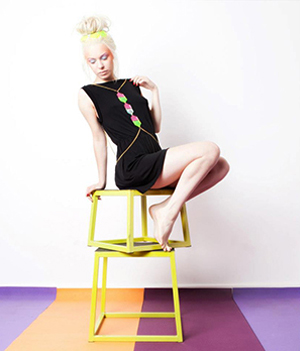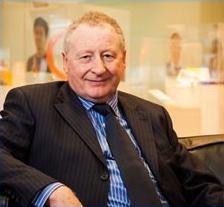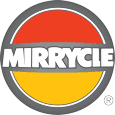 During my year of cycle commuting across the capital (15 learnings from a year of Brompton cycle commuting in London) I have become increasingly safety conscious.
During my year of cycle commuting across the capital (15 learnings from a year of Brompton cycle commuting in London) I have become increasingly safety conscious.
My first step was to buy a cheap and cheerful cycle helmet, mostly to placate my concerned partner. At that point I was still doubtful about its value as there was some evidence to the contrary (Cycle helmets are useless, says brain surgeon). However, after a few months mingling with cars, buses, lorries and other cyclists, I started to appreciate the fragility of the human head. Especially when it has the potential of coming into contact with any of these solid metal vehicles, or even just a patch of hard tarmacadam road. So recently I upgraded my helmet to an ‘urban’ model with more protection, and hopefully a tad more style.
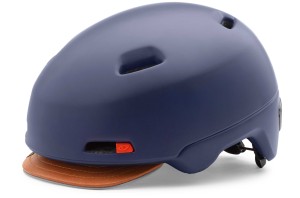
Next came a choice that drops me off the bottom of the fashion scale. My fluorescent orange and yellow safety vest may be a faux-pas from a style perspective, but it certainly gets me noticed – which is the point of wearing it. I have lost count of the number of times I have seen car drivers and pedestrians glance in my direction, then doing a double-take and stopping their imminent move into my path, as the bright colours of my vest hit their brain receptors.
I spent my formative years riding a motorbike on London roads, so I know that anything on two wheels is effectively invisible to most other road users. I still remember the “I’m sorry – I didn’t see you” from when I was knocked down by a car in the Walworth Road in 1989. And I really want to avoid hearing it again.
In those days it was the engine driving the wheels rather than my legs, and the two rear-view mirrors were something of an irrelevance. The acceleration of my motorbike meant I needed to focus on what was in front of me, not behind me.
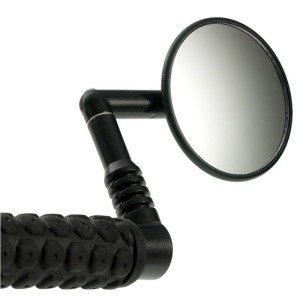
On a pedal powered bike it is more of a fifty-fifty front and rear. I still need to concentrate on the road ahead for rogue pedestrians and cars pulling out in front of me. But I also need to be aware of what is coming up behind me. Is it a taxi who is going to squeeze me into the kerb, or a bus desperately trying to get the stop in front of me, or a monster truck who’s air draft is going to blow me over.
I am even at risk from young Lycra clad cyclists, who I’m sure see an old codger like me riding a Brompton in a suit, as someone they can whiz past. So the ability to see them bearing down on me at speed, and so give them space to pass, is very helpful to both of us.
I still look round behind me quite a bit too, using what the Police call the lifesaver. This tends be before a manoeuvre, or to make eye contact with a driver who is about to cut me up.
Knowing what is going on behind me gives me choices and avoids dangerous surprises. So that makes my Mirrycle perhaps my most valuable investment in terms of safety on my trusty Brompton. In fact based on my experience I would recommend that every bike should be fitted with at least one mirror as a standard safety feature.
Update November 2015
Interesting to see Garmin have now come out with a radar system for detecting vehicles sneaking up behind you. I still think my mirror will do for now.




